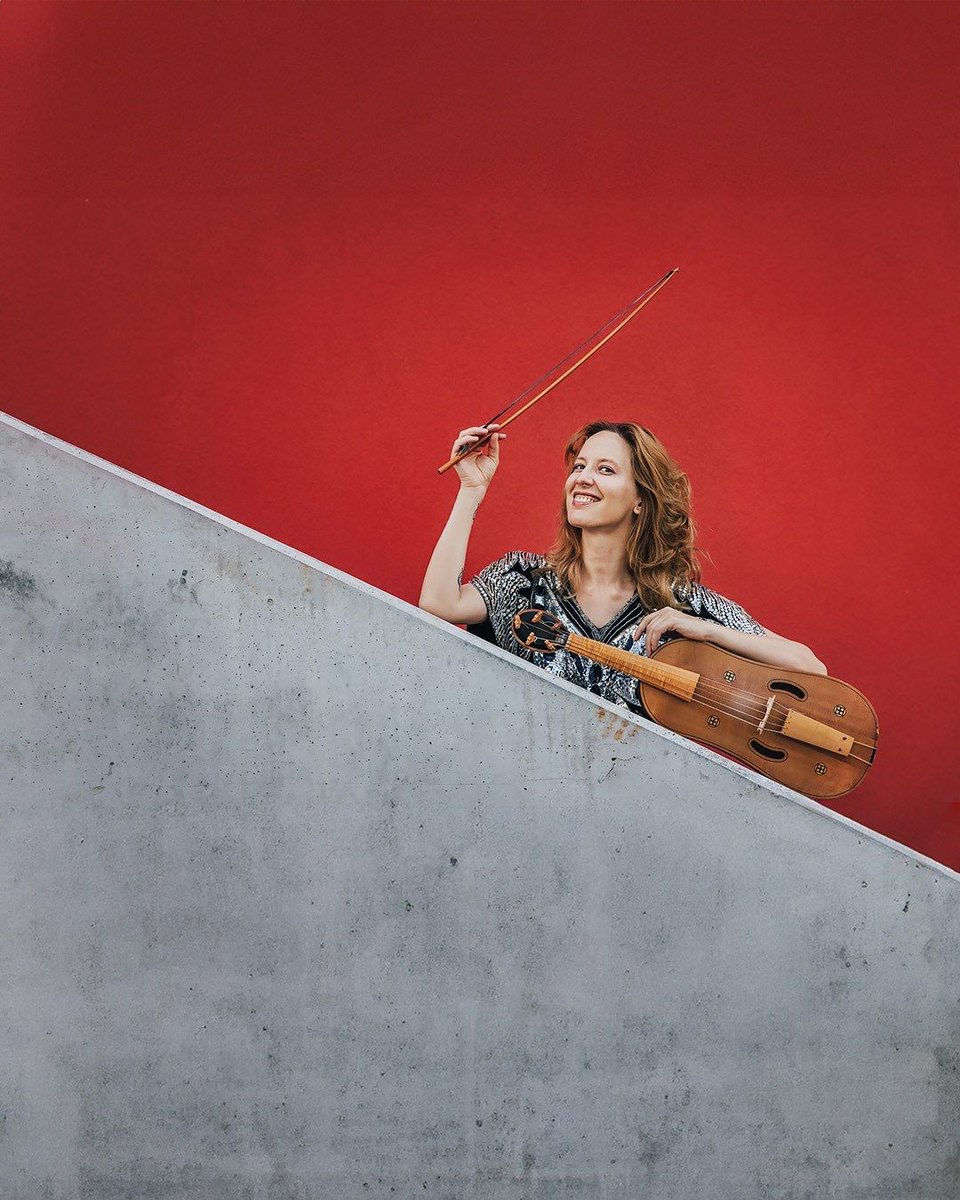Concert review: Ensemble Intercontemporain, York Concerts, 17 April 2024
- Steve Crowther

- Apr 22, 2024
- 4 min read

‘On Wednesday evening at the Sir Jack Lyons Concert Hall, the Rolls-Royce of contemporary music performers, Ensemble Intercontemporain, performed an extraordinary programme of music by Martin Suckling, Thomas Simaku and Olivier Messiaen. The concert opened with…’
...me reading the programme notes.
I have a problem with programme notes, with contemporary music programme notes and particularly academic ones. The Huddersfield Contemporary Music Festival is a northern powerhouse for new music. I have heard loads of great contemporary music, often accompanied by the musical Illuminati themselves. Interviews; invariably awkward, like Barry Norman chatting to Hollywood A-listers. Preconcert talks; my favourite bits involve the theatre of the dramatic pause. Here the great one struggles to find a metaphor, a term, a window to explain or to clarify this musical soup of complexity.
And then there is the written form for which we might give the generic label: Programme Notes and the Meaning of Life.
Neither of the following (programme notes) come into this satirical category; both pieces were/are very strong, very well performed but I still have some issues with the (programme) notes themselves.
Thomas Simaku: a2(b) for violin and cello
“This music was composed during my DAAD residency in Berlin in October — November 2007. If I were to describe it in one sentence, I would say that it is based on the idea of 'two things seen/heard as one'. a2 (a due) is a well-known term to musicians; it is often found in orchestral scores indicating a given passage that is to be played by two instruments of the same family. Although violin and cello could well be regarded as 'first cousins' of the string family, the literal implementation of the term a2 as a 'compositional strategy' would have been too much (!) for a piece of chamber music consisting of no more than two players. Not surprisingly, this never happens in this work; in fact, the opposite is true: regardless of how it appears on paper (i.e. on one or two staves), the music for each instrument is constantly based on two layers. This musical 'interpretation' of the title gives an indication as to how the textural format of the piece operates. However, this was by no means the only thought that 'preoccupied' my mind whilst composing this music. Berlin made a profound impression on me. The remnants of the wall in Bernauer Strasse and the cobbled two-stone line tracing the wall across where it once stood — a clear reminder of what not so long ago there were two different worlds in one city — provoked a strikingly dramatic effect. Border, death-strip, killing, and escape to freedom had a particularly evocative resonance, especially of the time when I lived for three years in a remote town in southern Albania right at the border with Greece. There, there was a nameless road whose destination the authorities did not want you to know, but the locals called it the 'death-road'.
In no way programmatic, in this context, the extra-musical dimension of the principal idea is very much part of the piece. Here, the musical and extra-musical interpretations cannot easily be separated, for they are two parts of the same thing: a2.
As if to add another dimension to this idea, there are two versions for this piece: for viola and cello (b) and violin and cello.”
My review (see link below) addresses my issues with this somewhat lengthy written introduction. However, I would also add that Thomas Simaku’s third layer of meaning beginning: ‘as if to add another [extra-musical] dimension…’ doesn’t add anything at all.
Martin Suckling: Visiones (after Goya)
“On page 10 of the Goya sketchbook generally known as the Witches and Old Women album, there is an image captioned by a single word: ‘Visiones’. An elderly couple dance, apparently suspended midair in an awkward embrace: his attention seems elsewhere; she may be picking his pocket. The pen-strokes are few, and the ink and wash technique makes the image seem as though momentarily conjured out of smoke. But without a doubt they are dancing, this strange couple, ready to step off the page, so alive is the penmanship. Peeking out from behind a fold of the lady’s skirt or the man’s cloak is a grinning face, all sunken eyes and wrinkled skin, laughing at … what? The dancers, the viewer, the world?
As I drew together materials for this clarinet trio, Goya’s vision haunted my dreams. It’s not the piece but it drew the piece into its orbit: three odd characters, bound together in dance. There is a kind of beauty there, I think, and elegance, and poise, and some sweet melancholy. But also obsession and violence and no way out. As I shaped the piece, these ideas shaped my thinking.
There are three sections:
#1: Cello and clarinet circle each other in repeated microtonal lyrics, while the piano, completely separate, taps out ecstatic pirouettes in the extreme upper register.
#2: A fragment of the lyric figure becomes something approaching a lullaby; the three instruments combine to create a single expanding harmonic texture, which, increasingly mechanical, gets stuck in irregular loops. The process repeats. Then repeats again.
#3: A distorted memory of what has gone before. The piano is now the melodic lead; the cello a crazed, fragmentary virtuoso, unable to find a ‘pure’ tone; the clarinet restricted to a simple pattern of soft multiphonics. The spinning dance intrudes, then overwhelms.” My problem here is a straightforward one. Martin Suckling’s note assumes that we can either see the Goya image or that we already have done.

So, in an act of generous support and inclusivity, I have included it here:
The review is published at charleshutchpress.co.uk



Comments